Helpful Tips For Changing to a Gluten-Free Diet
A guest post by Liz from the blog Despite Pain who shares her experience and knowledge of following a gluten-free diet.
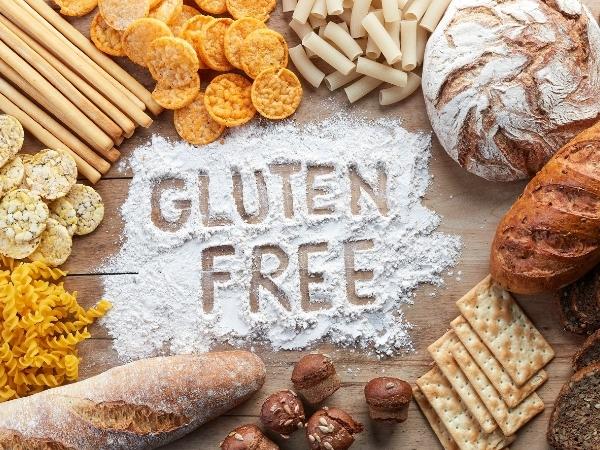
Who should go gluten-free?
Although it’s sometimes considered to be a lifestyle choice, a gluten-free diet is often a necessity. If you have coeliac disease, then it is a necessity. Coeliac disease is an autoimmune condition where your immune system attacks your own tissues when you eat gluten.
This means that the sufferer must change to a very strict gluten-free diet. Continuing to eat gluten would make them ill, lose weight and would be detrimental to their long-term health.
After blood tests and an endoscopy, a gastroenterologist diagnosed me with coeliac disease three years ago. He was fairly helpful but only gave me very basic information.
Many doctors don’t even give people basic information leaving patients to research the condition themselves.
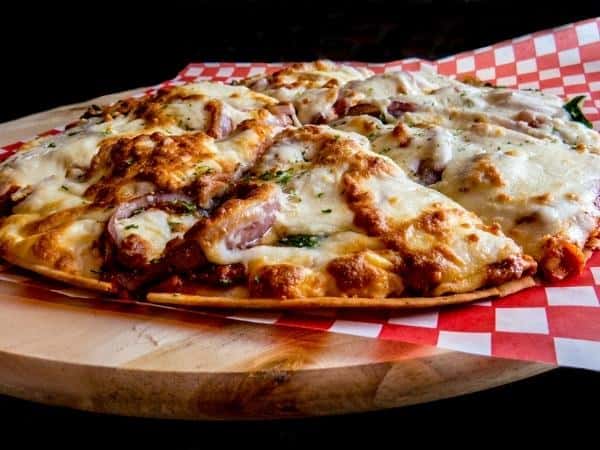
What is Gluten?
Gluten is a protein in wheat, barley and rye. Oats also need to be avoided unless they are labelled as gluten-free. (This is because they are contaminated with gluten during growing and processing procedures)
Gluten is innocuous to most people, but it is like poison to someone with coeliac disease. Even just a tiny grain of flour could make them ill.
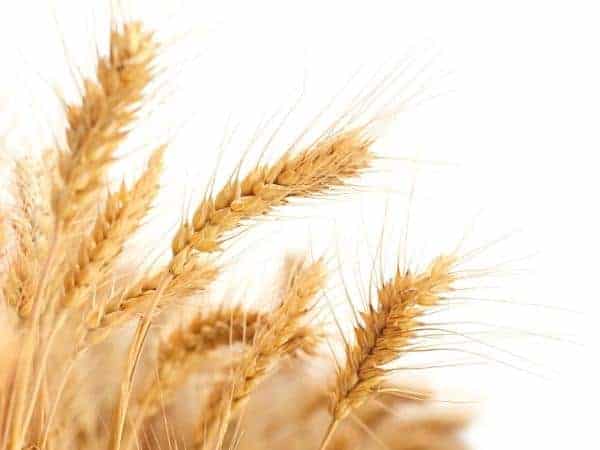
It can be confusing
Changing to a gluten-free diet might sound straightforward, but it can actually be confusing and very overwhelming. It’s not a diet to lose a few pounds.
Nor can you cheat and sneak in your favourite snack on a Saturday night. When you have coeliac disease, you have to change to a gluten-free diet for the rest of your life.
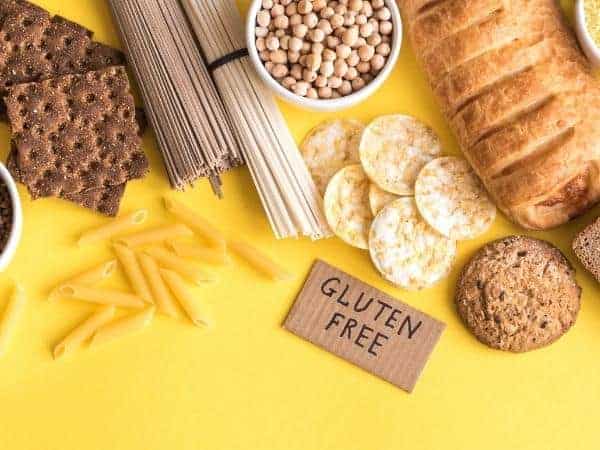
Things you need to learn when changing to a gluten-free diet
There is so much to learn. People need to learn what’s safe to eat and what’s not. They need to learn about food labelling and about cross-contamination. On top of that, they’re having to come to terms with a new diagnosis of an autoimmune condition.
However, it’s a necessary change that needs to be made straight away as soon as they’ve been diagnosed properly. (If coeliac disease is suspected, people shouldn’t change to a gluten-free diet until they’ve had an official diagnosis. Doing so before can give false test results.)
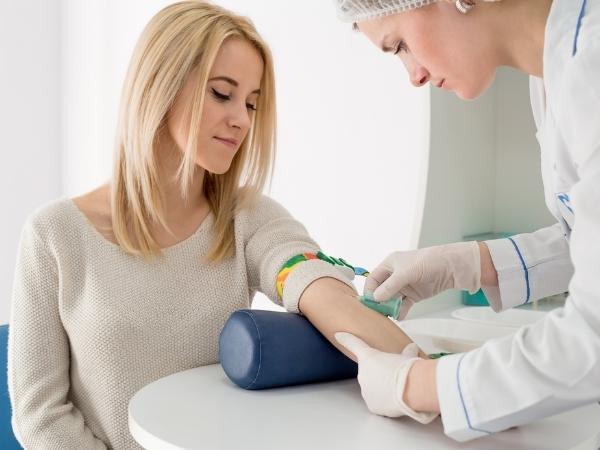
Changing to a gluten-free diet in a few steps
The following pointers might help you to change to a gluten-free diet if you’ve just been diagnosed with coeliac disease. If you don’t have coeliac, you can still use the guide, but you possibly won’t have to worry so much about cross-contamination.
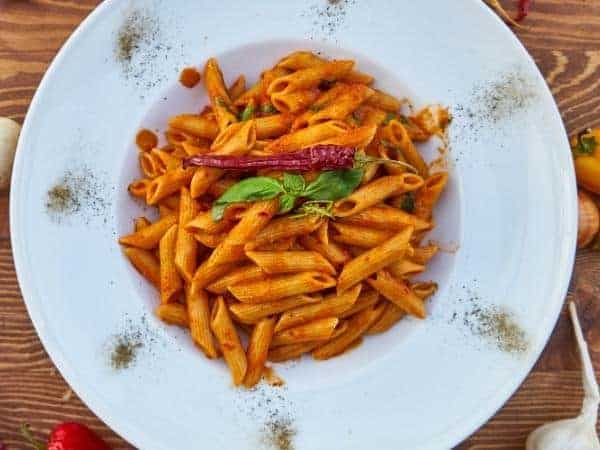
What foods can’t you eat?
You can’t eat anything containing gluten – wheat, barley, rye or oats (unless the oats are certified to be gluten-free). That means things like normal bread, pasta, biscuits, cakes, pizza, gravy mix, flour and most breakfast cereals.
However, there are plenty of gluten-free alternatives. You’ll have to check the labels on everything you buy. Lots of food is safe, but the only way to know is to check. (Also remember to look for ‘may contain gluten’ on the label)
Some common items which might contain gluten:
- Tinned or packet soups
- Jars or packets of cooking sauces
- Sauces, chutneys and spreads
- Cooked meats and pâté
- Sausages and burgers
- Frozen chips
- Anything from a delicatessen or rotisserie counter
- All convenience food
- Snacks – crisps, crackers, sweets and chocolate bars
- Some soft drinks
At this point I need to say, please do not panic. The list seems long but most of them can be found without gluten. Sometimes it means changing from your favourite brand to one you’ve not tried before. You simply have to check the ingredient lists.
Also remember that meat, fish, eggs, fruit, vegetables, rice and potatoes are all naturally gluten-free.
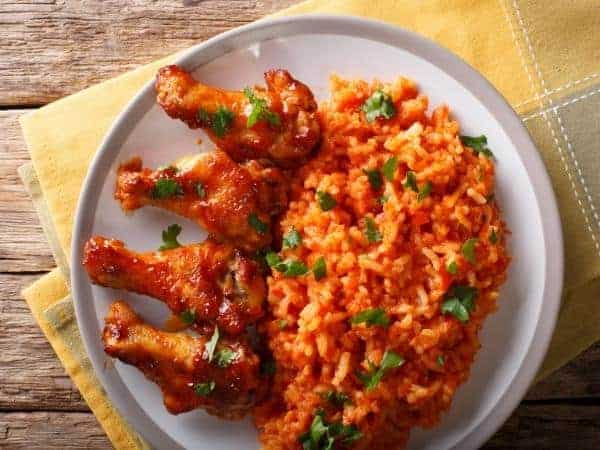
Learn to understand food labels
By law, here in the UK, food manufacturers must declare any allergens in a product, so it is fairly easy to look for gluten. The label might also show if products “may contain” gluten.
This isn’t a legal requirement, but if a food manufacturer adds that warning, then the advice from dieticians and Coeliac UK is to avoid the product. I wrote a more detailed post about food labels on my own blog which you can find here.
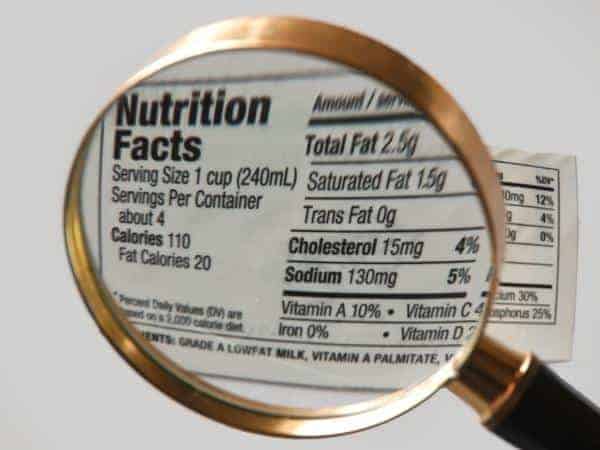
Check the cupboards and fridge
Put your newly acquired label-reading skills into action by checking the food you already have at home. It’s often an eye-opener to see how much food contains gluten.
If other people in your household can eat gluten-containing food, keep it for them. If not, give it away to your friends or relatives or donate it to the local food bank.
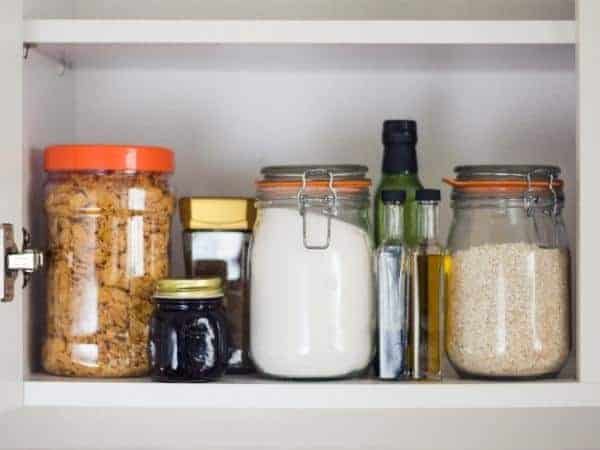
Shopping for Gluten-free food
Research products online before you go shopping so you know what is safe. But do still check product labels in case the online version is different.
Make sure your first few shopping trips aren’t rushed.
Take your reading glasses or a magnifying glass. Some of the print on the labels is small.
Don’t just shop in the ‘Free From’ aisle. Other food is safe too – just check labels.
Check every label, even on products which you buy regularly, as manufacturers often change recipes.
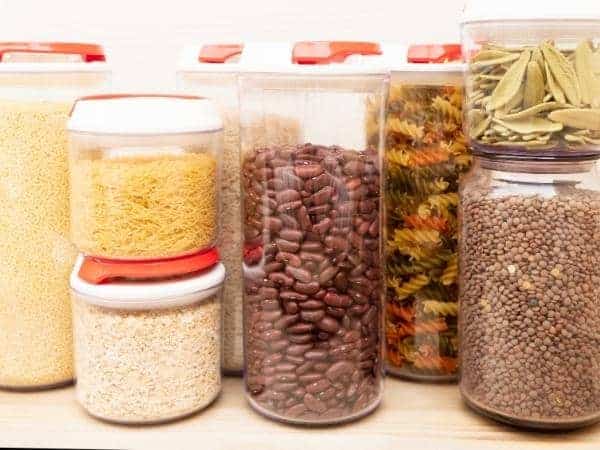
Make space in your kitchen and label gluten-free diet food
If you live on your own, you can have a 100% gluten-free kitchen. If not, dedicate a cupboard, or at least a shelf, to your gluten-free food. Do the same in the fridge and the freezer. Get into the habit of keeping safe food separate from other food.
Put name labels on all of your gluten-free food in the fridge. If someone uses your butter or jam with a crumby knife, it becomes contaminated and you cannot eat it.
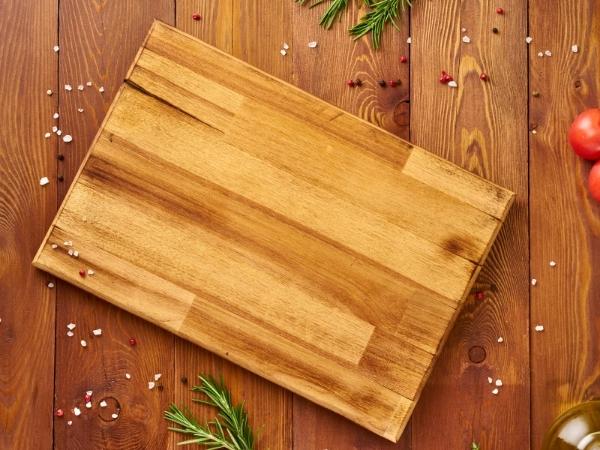
Avoid Cross Contamination
Cross-contamination is a serious problem if you have coeliac disease. A tiny crumb of normal bread is damaging.
You don’t need to buy new utensils, crockery, pots, pans or oven dishes. Just wash them well. Exceptions are wooden or old scratched plastic utensils because they might harbour gluten.
If you’re concerned that baking trays might be harbouring gluten even after washing, use baking paper, tin foil or silicone sheets on them.
If you are cooking normal food and a gluten-free meal at the same time, remember not to use the same spoons, spatulas, sieves or strainers. Colour-coded utensils can be useful.
When you use the oven to cook normal and gluten-free food at the same time, put your gluten-free food on the top shelf so that crumbs cannot drop onto it.
Clean work surfaces thoroughly so that gluten crumbs or flour dust don’t contaminate your gluten-free food.
If you have space, buy a new toaster just for yourself. Put a cover on your toaster or keep it in a cupboard to stop other people from accidentally using it. If you can’t use your own toaster, use toaster bags.
Use your own breadboard and never let anyone else use it. Write your name on it with a food-safe marker pen if necessary.
Buy your own butter, jams spreads etc. Store them on your coeliac shelf in the fridge and label them with your name.
If you need to share any jams, mayo, pate etc make sure everyone uses a clean knife or spoon with no double-dipping. If you don’t trust people to do that, only use your own.
Never share knives, spoons, plates, cups or glasses without washing them first.
To kiss or not to kiss….you can still get up close and personal with your partner, but make sure they clean their teeth and wash their gluten crumbs from around their mouth first.
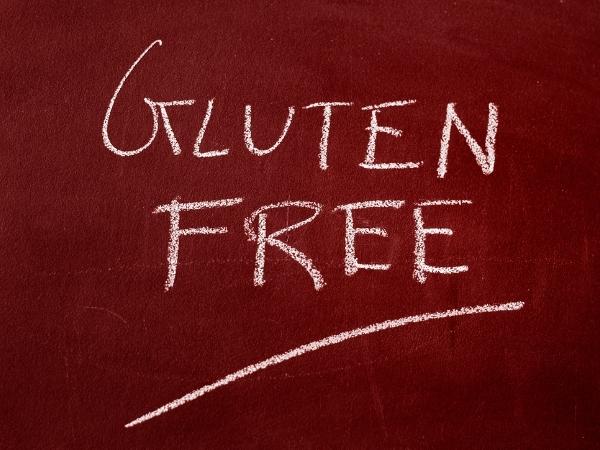
It doesn’t have to be complicated
Receiving a coeliac diagnosis can be overwhelming, but changing to a gluten-free diet will improve your health. It might seem confusing initially, but really, it doesn’t need to be complicated. Hopefully, this guide will help you to make the necessary changes.
A few gluten-free recipes to try
Pineapple and raspberry crumble
Other articles you may find helpful
If you are going to go gluten-free or have someone in your family who is then these posts may be helpful. Additionally, if you are cooking for someone who is gluten-free you may find them useful too!
- How to adjust to life with a coeliac child
- Chia seed pudding
- Healthy Extra b ideas including gluten-free choices
- How to change to a gluten-free lifestyle
- Travelling when gluten-free
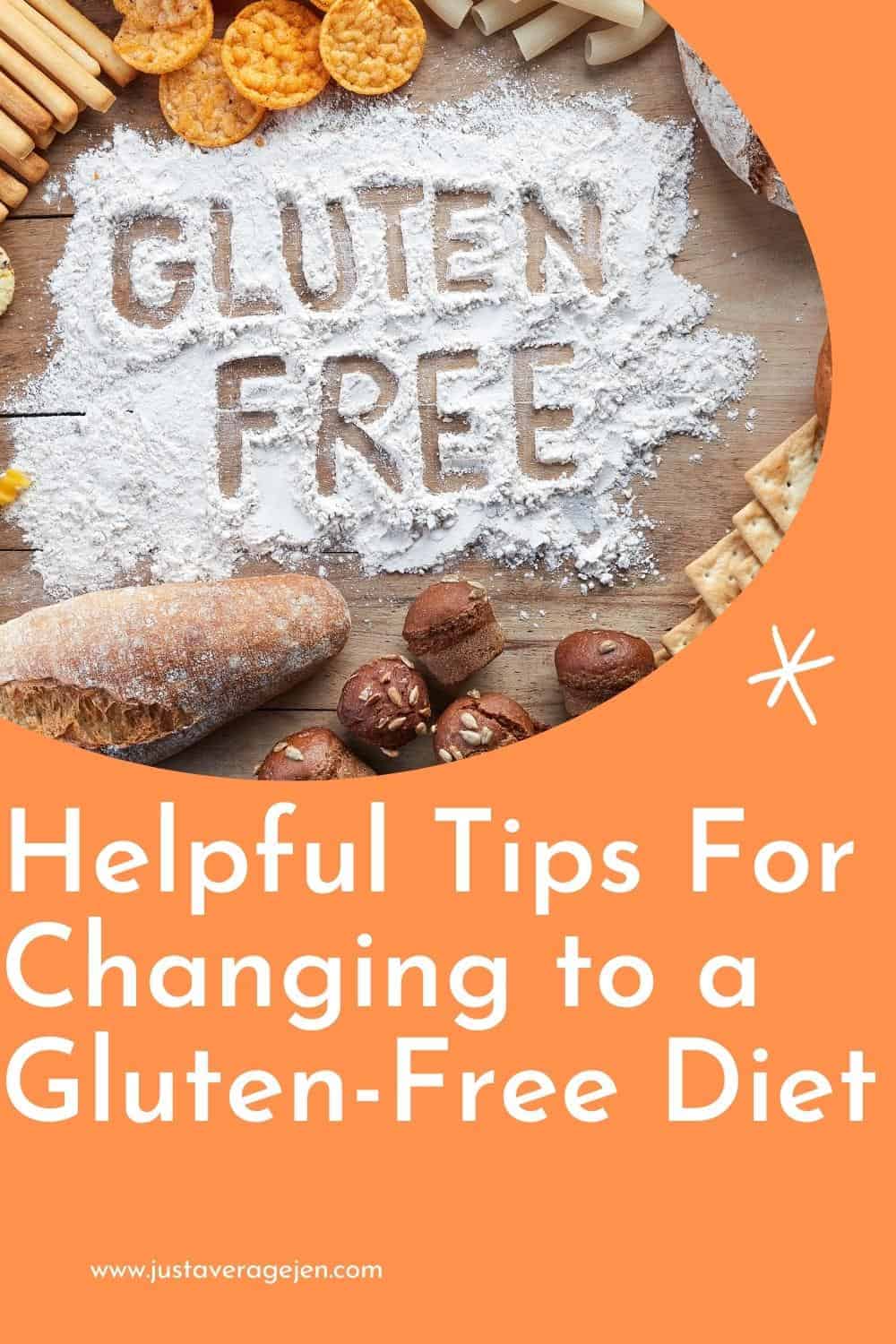
Thanks so much for sharing this on your site, Jen. I hope it might help people who are newly diagnosed with coeliac disease.